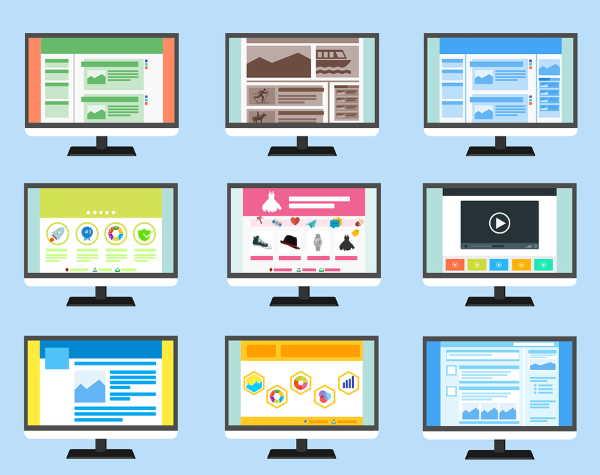Key aspects without which a site would fail to fulfill its primary function: increasing conversions and sales for the company. Here are the ten characteristics of a good website.
The goal of a site is to introduce the company and convince people to choose its products or services. The success of the site (and the company) lies in how this presentation is made. Therefore, outlaw any self-referentiality: every site element must be helpful to those who browse it and convince the user to return.
Thanks to the Checklist below, you can immediately check whether your business site meets these requirements and identify the weak points on which to intervene.
The seven winning features of a business website
- The website must communicate immediately what the company is about and to which target customers it is aimed (Brand positioning). Therefore, each page must turn out the right mix of text and images: the latter, if overpowering, distract the visitor’s attention. On the other hand, if there are too many words, the risk is to bore and thus not attract potential contact.
The optimal result is achieved by balancing the correct elements and not being afraid to “narrow the field” by addressing only a specific niche of people. Specialization is a trump card: the more you become a benchmark for your area of expertise, the more people will not need to compare or look for cheaper alternatives.
- Ensure that every single element of your site, both textual and visual, has a purpose. A good website presents nothing superfluous. This also applies to colors: a multi-color site will not necessarily attract better attention than a monochromatic one.
Think about how many people spend hours and hours of their day on Facebook: the powerful social media has chosen blue as its dominant color.
Even Google, as much as it uses many shades and designs to make its logo more eye-catching, always presents a white page. Have you noticed this? Too many elements, especially if they are an end in themselves, distract and, in some cases, irritate the visitor, albeit subconsciously. The rule is to eliminate it if it serves no purpose, and you can do without it.
That is why sticking to the essentials and prioritizing functionality over aesthetics when structuring your website is crucial. Find out what’s new in “Intelligent” Design works for you!
- Make the essential information clear, direct, and easy to understand. We all know that today, no one reads a web page or article in its entirety. But the information you have to give is a lot! The solution lies in organizing text in a way that is easy and quick to read.
Content presentation is crucial for a good website: the secret lies in encouraging the “scanning” of words through the wise use of bold, italics, and capitals. Even white space, if used appropriately, is indispensable for correctly understanding the text.
- The purely technical aspect is also crucial: a good website must have clean, error-free code.

- The navigation interface must be accessible and intuitive, the User-Friendly Design to make it easier for people to move from one page to another and within the menu. If users do not find what they are looking for quickly and easily, they will leave your site and go elsewhere to see what they need.
Just think of the sites of the best online casinos. Of course, some platforms make it easy for you to find your favorite games quickly thanks to their user-friendly interface, allowing users to find the latest games from major providers, but that’s not all. Here you will also find guides and a list of safe and licensed operators, as well as detailed reviews of each one to help you make the best decision.
This tactic is called Breadcrumb Navigation: placing a specific type of content strategically on the site’s pages to guide the visitor and lead him -hand in hand- to a more profound level of the site (thus closer and closer to conversion).
- A good website is fast: each page must load in very few seconds because people are always in a hurry!
They often use the Internet to study or work, find directions, and provide answers to third people. They don’t have time to waste and want a solution to their questions- they want the best possible response in the shortest possible time.
- Among the features of a good website cannot miss its ability to be usable on different Browsers (if 99% of people use Chrome, know that there is also Firefox, Opera, Safari, Explorer, and so on).












